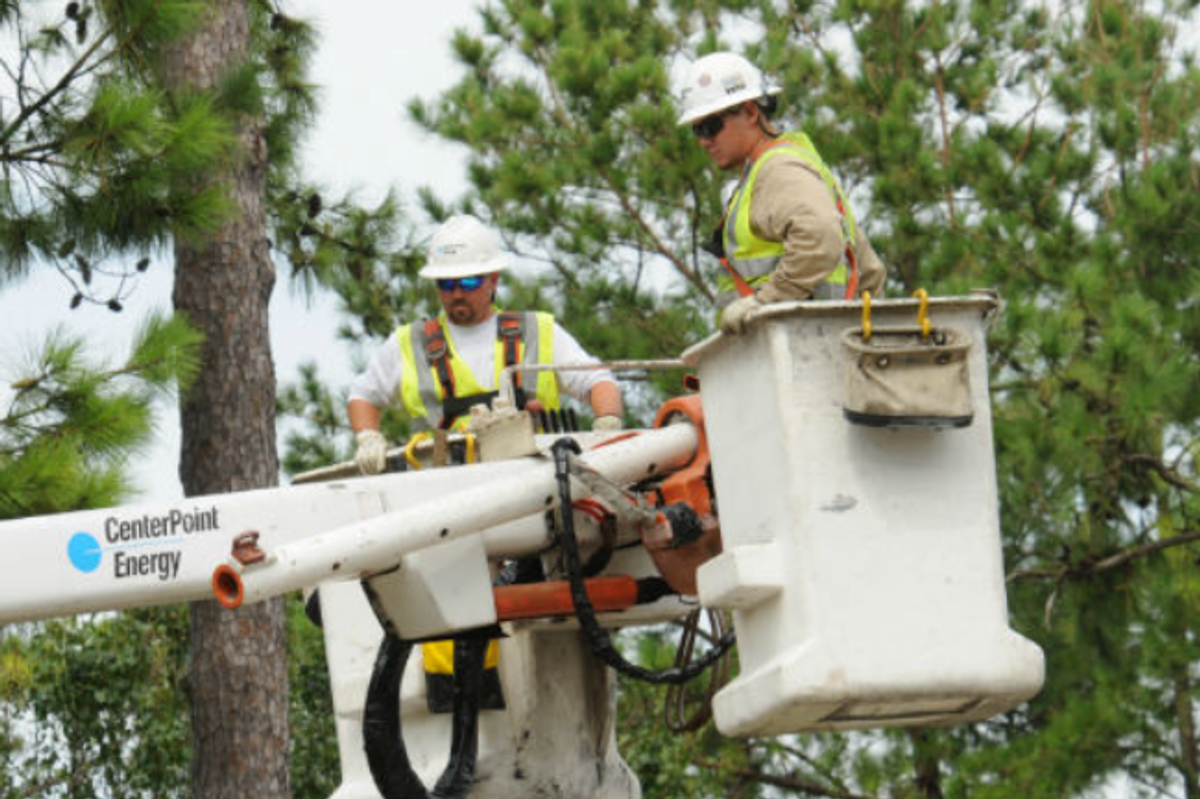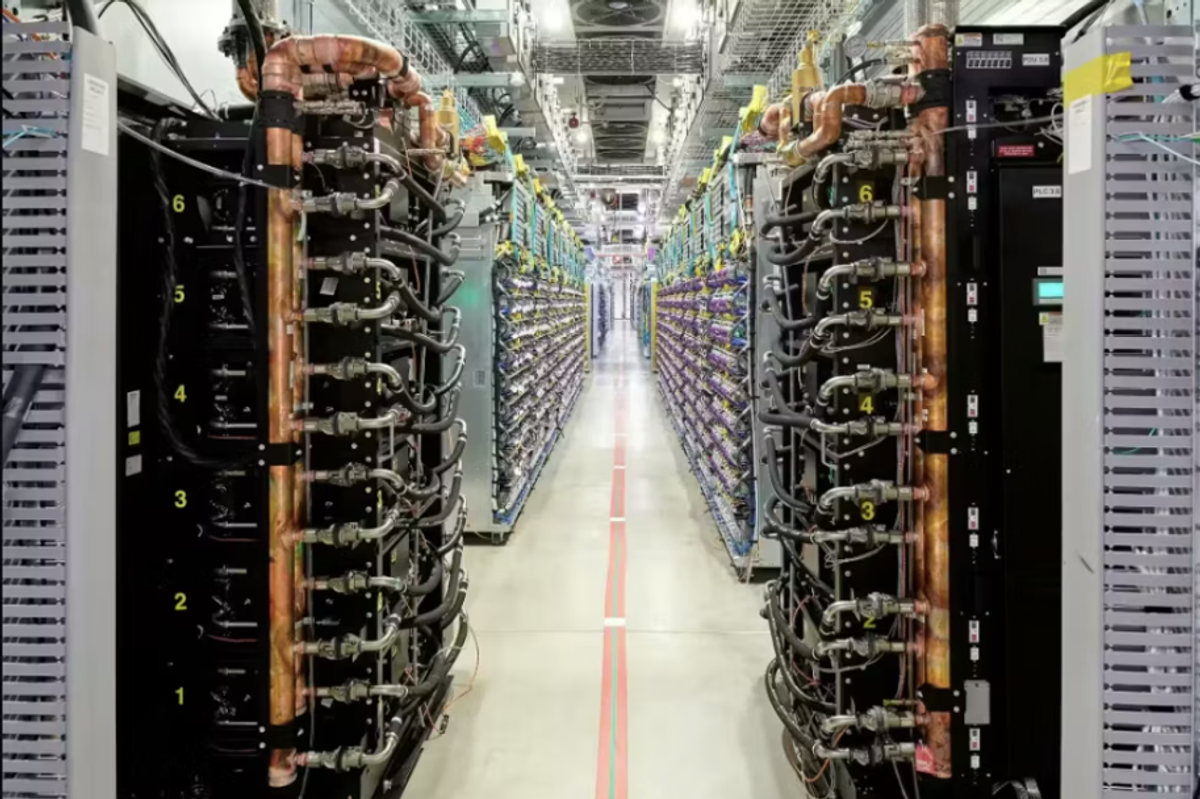Canadian energy company Enbridge Inc., whose gas transmission and midstream operations are based in Houston, has flipped the switch on its first solar power project in Texas.
The Orange Grove project, about 45 miles west of Corpus Christi, is now generating 130 megawatts of energy that feeds into the grid operated by the Electric Reliability Council of Texas (ERCOT). ERCOT supplies electricity to 90 percent of the state.
Orange Grove features 300,000 solar panels installed on more than 920 acres in Jim Wells County. Construction began in 2024.
Telecom giant AT&T has signed a long-term power purchase agreement with Enbridge to buy energy from Orange Grove at a fixed price. Rather than physically acquiring this power, though, AT&T will receive renewable energy certificates. One renewable energy certificate represents the consumption of one megawatt of grid power from renewable energy sources such as solar and wind.
“Orange Grove is a key part of our commitment to develop, construct, and operate onshore renewable projects across North America,” Matthew Akman, executive vice president of corporate strategy and president of renewable power at Enbridge, said in 2024.
Orange Grove isn’t Enbridge’s only Texas project. Enbridge owns the 110-megawatt Keechi wind farm in Jacksboro, about 60 miles northwest of Fort Worth, and the 249.1-megawatt Chapman Ranch wind farm near Corpus Christi, along with a majority stake in the 203.3-megatt Magic Valley I wind farm near Harlingen. The company’s 815-megawatt Sequoia solar project, east of Abilene, is scheduled to go online in early 2026. Enbridge has signed long-term power purchase agreements with AT&T and Toyota North America for energy produced by Sequoia.
During a recent earnings call, Enbridge President and CEO Greg Ebel said that given the “unprecedented demand for power generation across North America,” driven largely by explosive growth in the data center sector, the company expects to unveil more renewable energy projects.
“The policy landscape for renewables is dynamic,” Ebel said, “but we think we are well-positioned with our portfolio of late-stage (projects).”
- Houston renewables developer and Google agree to second solar collaboration ›
- Daikin completes solar plant to power massive Houston-area campus ›
- USDA announces $1.4 billion solar, battery energy project in rural South Texas to cut climate pollution ›
- Houston company breaks ground on North Texas solar project ›
- Meta to purchase solar energy from Enbridge's Texas Clear Fork project - Energy Capital ›










